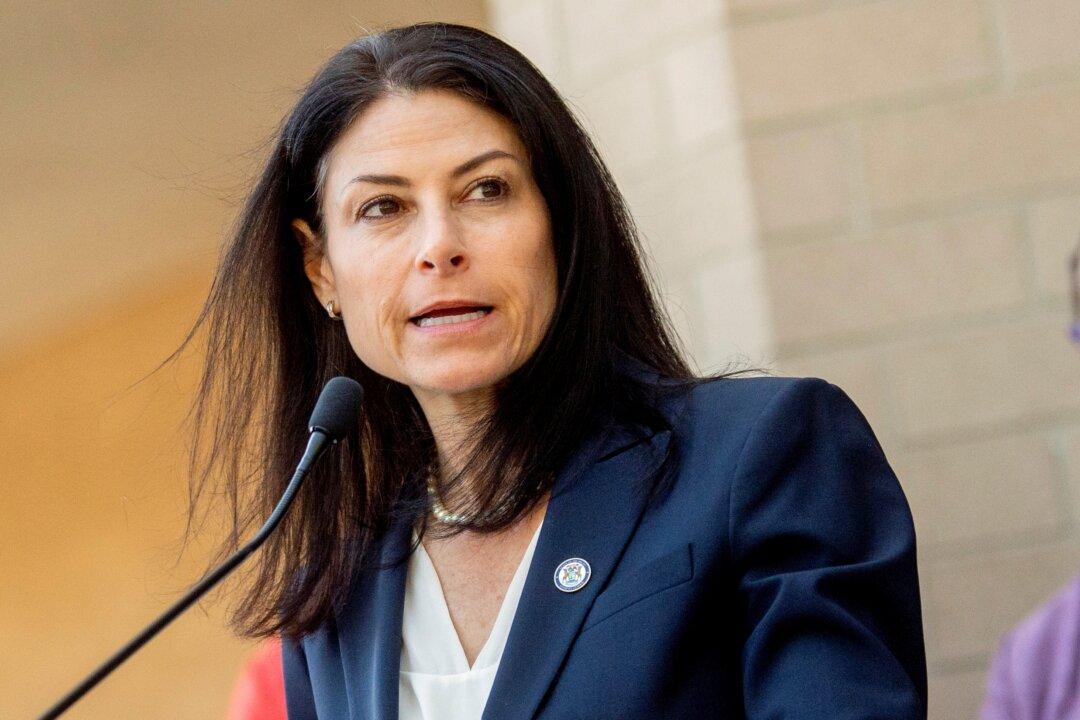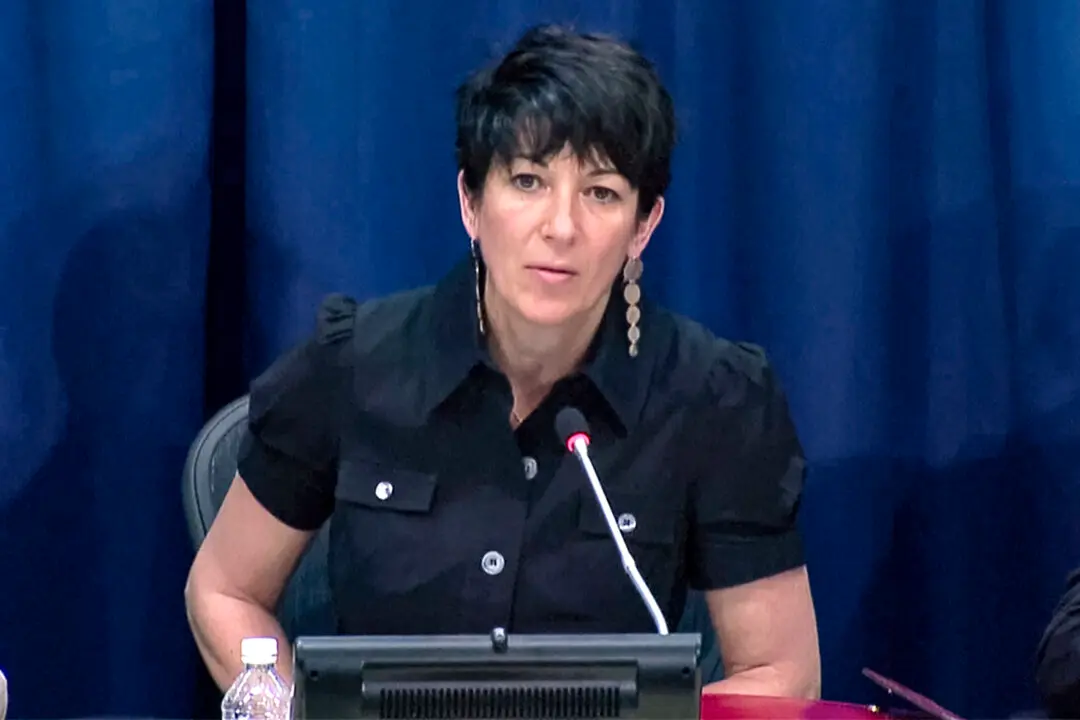A coalition of Republican-led states and the energy industry have asked the Supreme Court to block the EPA’s “good neighbor” rule that would crack down on states whose industries are said to be contributing to smog.
The emergency application in Ohio v. Environmental Protection Agency (court file 23A349) was docketed by the court on Oct. 18. The application is directed to Chief Justice John Roberts. The states of Indiana and West Virginia are also included in the application.





